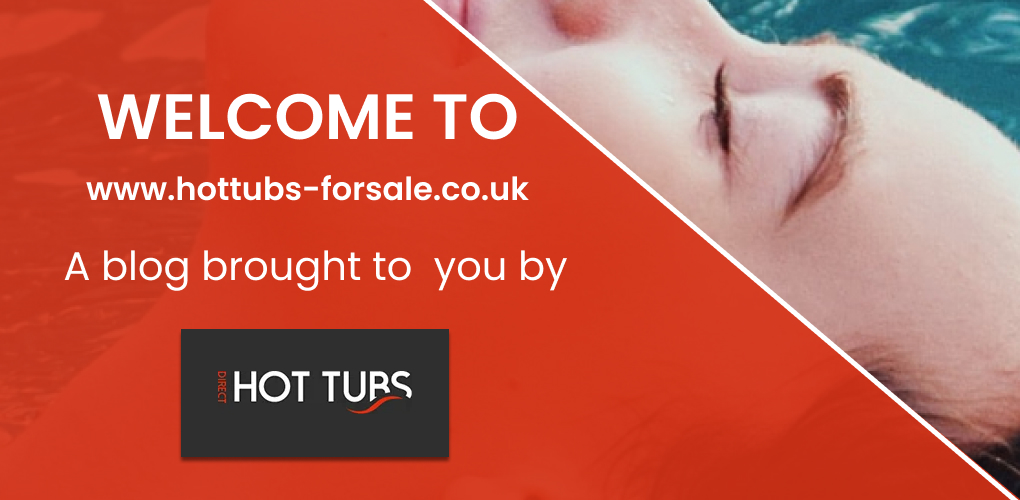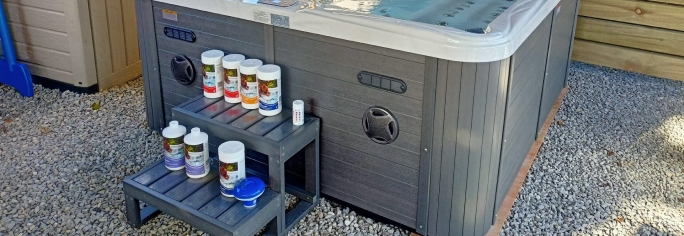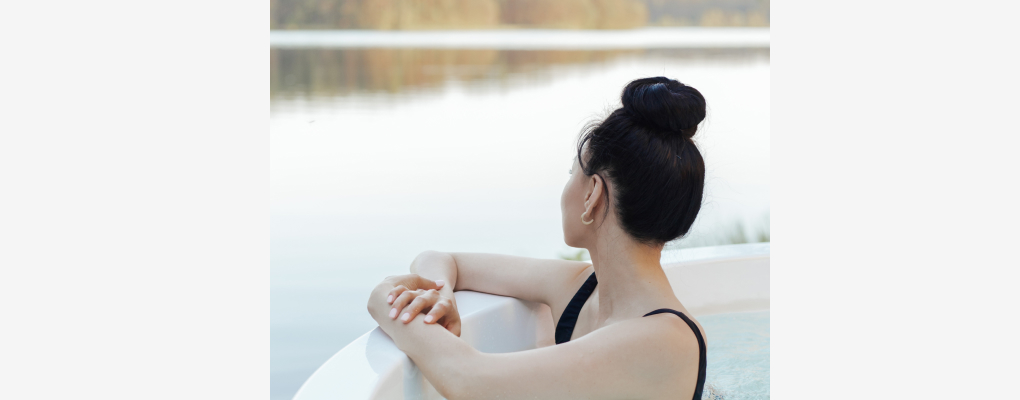
Whether you already own a home hot tub or you're considering purchasing one, this guide is a helpful breakdown of all the costs involved.
Hot tubs use electricity to heat the water and run the jets. The size and type of hot tub affect how much electricity it uses. Insulation and efficiency are also important. You can reduce electrical costs by using a thermal cover. This keeps the heat in. Setting a lower temperature when not in use can also save energy.
Capacity and size
The larger the hot tub, the more electricity is required to power it and heat the water. If you're trying to keep running costs to a minimum, consider a smaller model. There are many small models available today that offer the same luxury experience as the larger models on the market. Take a look at our 2 seater, plug and play model the 'Tiny' to find out more!
Hot tub model
Modern hot tubs are often equipped with energy saving features. Ask your retailer for more information.
Electricity Tariff
Working out how much it will cost to run your hot tub per day, or per use will require a little maths. The first thing to consider is standby running costs.These are the electricity costs used to run your hot tub in standby mode (e.g. when its not in use). At this time, the hot tubs only job is to maintain the water temperature; there are no jets, waterfalls or lights to run which all require more power.
Secondly, you'll want to consider the cost of active use. This is when you are using the hot tub: running the jets, turning lights on, playing music through the speakers etc.
Finally, you'll need to know exactly how much you are paying for your energy. Once you have this information you can multiply the running kw per day, plus the standby kw per day with the kw/h of your tariff for a result.
Your hot tub will consume the most energy when in active use. This is because the heater works to maintain the hot tubs temperature as the jets are running and cover insulation has been removed. The most accurate way to monitor your hot tubs standby use is to use a power meter; otherwise, you can refer to the hot tub specifications or ask your manufacturer for an estimate.
Energy saving features to look out for:
• Programmable controls and remote control applications
• Insulated cabinets and shells
• Thermal covers
• Energy-efficient heaters & pumps
• Eco settings
Tips for saving on hot tub energy costs
• Consider a smaller model when shopping for a hot tub
• Use an insulated cover whenever the hot tub is not in use
• Don't excessively run jets or waterfalls/fountains when in the hot tub
• Lower your hot tubs temperature by 1 or two degrees
• Look for models with energy efficient features & good insulation
Electrical Running Costs
Hot tubs use electricity to heat the water and run the jets. The size and type of hot tub affect how much electricity it uses. Insulation and efficiency are also important. You can reduce electrical costs by using a thermal cover. This keeps the heat in. Setting a lower temperature when not in use can also save energy.
Factors influencing electrical running costs:
Capacity and size
The larger the hot tub, the more electricity is required to power it and heat the water. If you're trying to keep running costs to a minimum, consider a smaller model. There are many small models available today that offer the same luxury experience as the larger models on the market. Take a look at our 2 seater, plug and play model the 'Tiny' to find out more!
Hot tub model
Modern hot tubs are often equipped with energy saving features. Ask your retailer for more information.
Electricity Tariff
Working out how much it will cost to run your hot tub per day, or per use will require a little maths. The first thing to consider is standby running costs.These are the electricity costs used to run your hot tub in standby mode (e.g. when its not in use). At this time, the hot tubs only job is to maintain the water temperature; there are no jets, waterfalls or lights to run which all require more power.
Secondly, you'll want to consider the cost of active use. This is when you are using the hot tub: running the jets, turning lights on, playing music through the speakers etc.
Finally, you'll need to know exactly how much you are paying for your energy. Once you have this information you can multiply the running kw per day, plus the standby kw per day with the kw/h of your tariff for a result.
Your hot tub will consume the most energy when in active use. This is because the heater works to maintain the hot tubs temperature as the jets are running and cover insulation has been removed. The most accurate way to monitor your hot tubs standby use is to use a power meter; otherwise, you can refer to the hot tub specifications or ask your manufacturer for an estimate.
Energy saving features to look out for:
• Programmable controls and remote control applications
• Insulated cabinets and shells
• Thermal covers
• Energy-efficient heaters & pumps
• Eco settings
Tips for saving on hot tub energy costs
• Consider a smaller model when shopping for a hot tub
• Use an insulated cover whenever the hot tub is not in use
• Don't excessively run jets or waterfalls/fountains when in the hot tub
• Lower your hot tubs temperature by 1 or two degrees
• Look for models with energy efficient features & good insulation
Water Costs
Water is the second factor to consider when it comes to tallying up hot tub running costs. If you are on a water meter, you may want to let your water company know you plan to fill a hot tub. Otherwise, your bills could be miscalculated or they could mistake this for a leak. Filling your hot tub should be relatively inexpensive, but it will increase your bill for that month. Thankfully, you do not need to fill your hot tub regularly as your hot tub is kept clean using sanitisers. Depending on usage, you shouldn't need to fill your hot tub more than 3 to 4 times a year or even less with infrequent use. To calculate the filling cost for your hot tub, all you'll need to do is multiply the cubic metre price of your water company with the cubic metre capacity of your hot tub.
Tips for reducing water costs
• Re-fill your hot tub no more than necessary
• Maintain clean and hygienic water using appropriate sanitizers to reduce the need for refills
• Shower with plain water before entering the hot tub
• Don't enter the hot tub wearing any cosmetics, perfumes, lotions or hair products
Chemical Costs
Keeping the water clean and safe is important. You will need chemicals like chlorine or bromine to ensure the water is sanitary. Other chemicals like PH balancers and foam reducers may also be necessary from time to time. You'll also need to ensure your filters are cleaned regularly using either water or a filter cleaner.
Most hot tub owners choose to buy their chemicals in bulk. This is usually a cheaper and more sensible option, considering the chemicals will be used frequently throughout the year. Chemical costs are relatively inexpensive and won't need to be purchased often when bought in bulk. For example, a 1kg tub of chlorine from our store is £10.99. This is estimated to last the typical owner of a medium-sized hot tub around 6 months to a year with average use.
Maintenance Costs
Regular maintenance keeps your hot tub in good shape. You will need to clean or replace filters. Taking care of the cover is also important. Sometimes, you may need to repair parts like pumps or heaters. These repairs can be costly. It is good to budget for these expenses.
Time
Owning a a hot tub requires a certainl level of upkeep. Cleaning and maintaining are quick and relativley easy jobs however it's important to make time for them. Different types of hot tubs require different amounts of care. Choosing an easy-to-maintain model can save you time.
The Take Away
Owning a hot tub involves various costs. These include electrical, water, chemical, and maintenance expenses. It also requires a time commitment. Despite the costs, many find that the relaxation benefits are worth it. For more details on hot tubs, visit Direct hot tubs.



